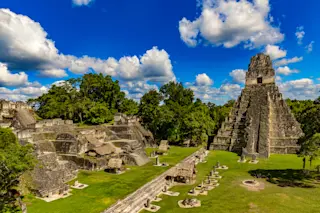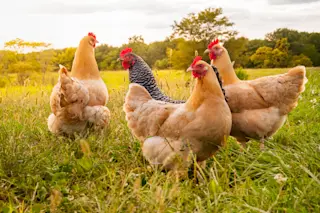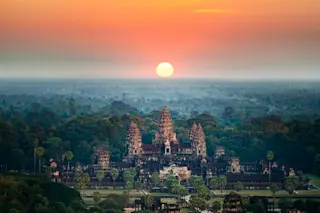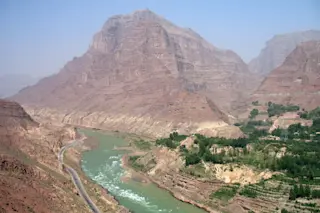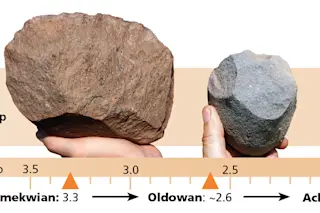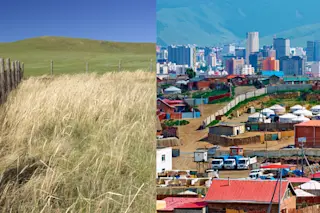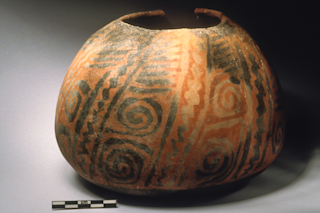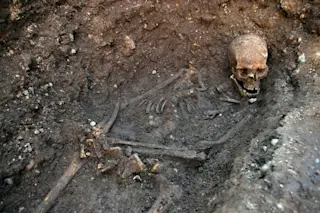Though today it is a wilderness, in the time of the Maya, the Central American lowlands they called home would have looked far different. Where emerald jungle canopies roll for miles on end, cities, roads, reservoirs and terraced fields would have covered the hilly landscape in southern Mexico, Guatemala and Belize.
Millions of people lived in the forest, members of a loose alliance of interconnected city-states. The Maya developed a system of writing, as well as a calendar system and sophisticated astronomical charts. In a world without metal, they built massive temples and irrigation networks through the thick rainforest.
And then their society collapsed upon itself.
Around 900 C.E., Maya civilization quickly, and for the most part, mysteriously, vanished. Though some members of their society would continue living in the area, the great cities lay for the most part abandoned. The all-consuming jungle quickly rose back up, swallowing the ruins ...


